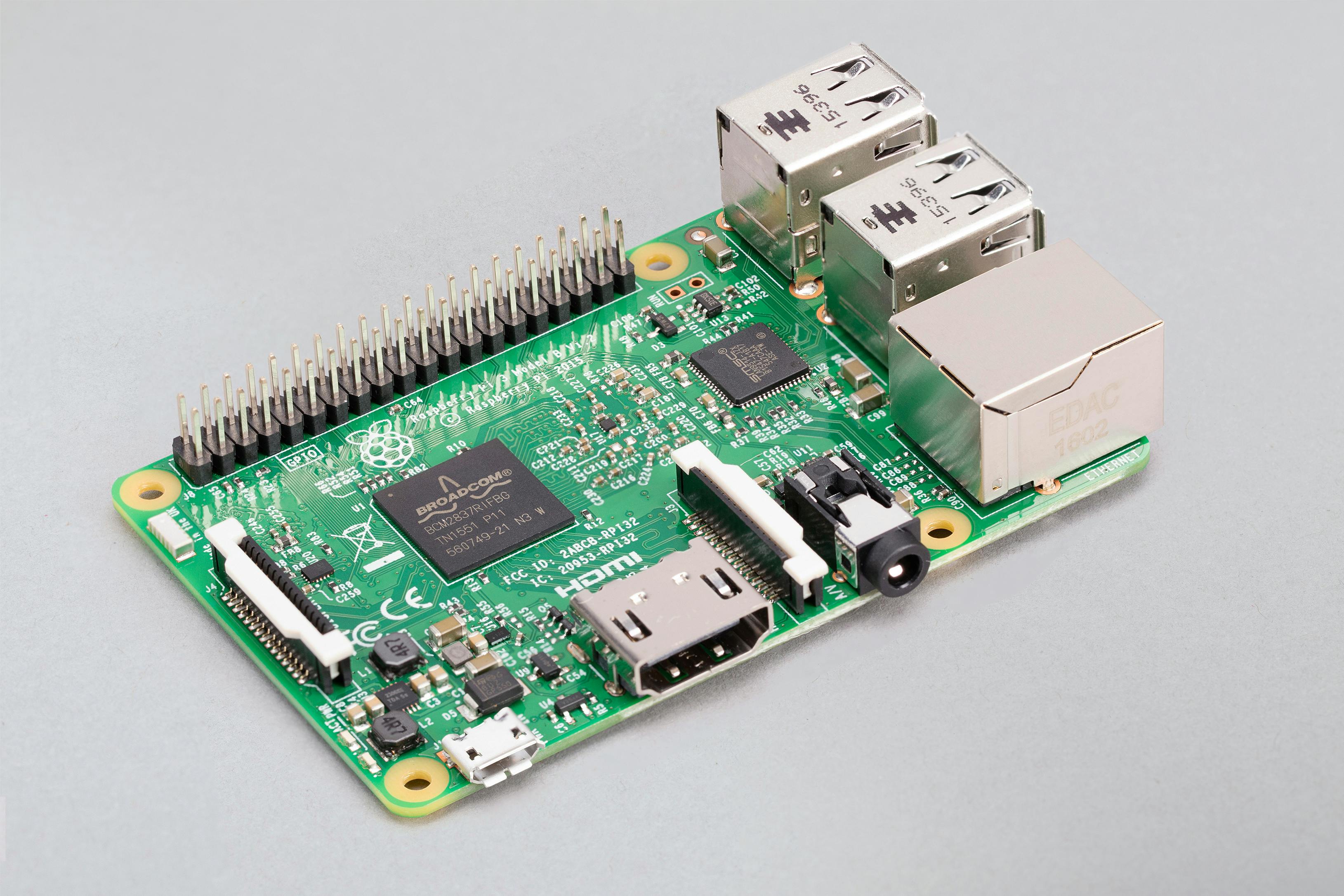Raspberry Pi 3
1.4GHz 64-bit quad-core processor, dual-band 2.4GHz and 5GHz wireless LAN. Bluetooth 4.2/BLE, faster Ethernet, and PoE support (with separate PoE HAT). Gigabit Ethernet over USB 2.0 (maximum throughput 300 Mbps), 4 × USB 2.0 ports and Extended 40-pin GPIO header. 1 × full size HDMI, MIPI DSI display port, MIPI CSI camera port, 4 pole […]














There are no reviews yet.